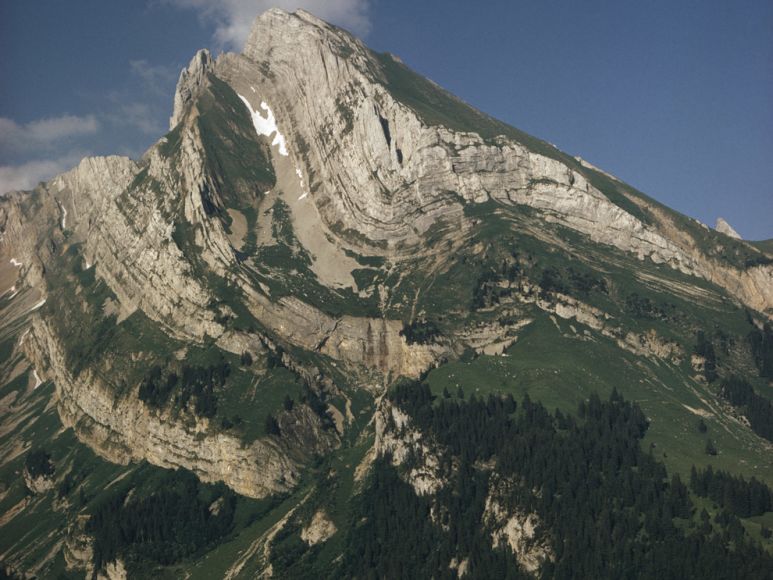Geologic Environments and Structures

In the previous two chapters, we learned about the rock types that make up our planet and how that rock molds our planet’s mountains, valleys, volcanoes, and trenches through the theory of plate tectonics. In this chapter, we will think about how geologic landscapes and structures are formed using this previous information. For instance, we understand the principles of how sedimentary rocks are formed, but how is rock weathered and transported across the surface of the planet? What kind of environments or landscapes can predictably deposit certain sedimentary rocks? This information is important because, as amateur geologists, if we encounter a sandstone, we might be able to point to it and say that there was a sandy beach or a sand dune millions of years ago in that very spot. After all, a major part of geology is piecing together the story of the planet through the rocks left behind!
In the second part of this chapter, we will think about how stress, sometimes brought about by the movement of tectonic plates, deforms the surface of our planet. These stresses can cause metamorphic rocks to form deeper within our crust or interesting geologic structures such as folds and faults that also help us interpret the movement of ancient tectonic plates long ago.
Let’s take a closer look at how geologic environments and landscapes are shaped throughout our planet’s history!

